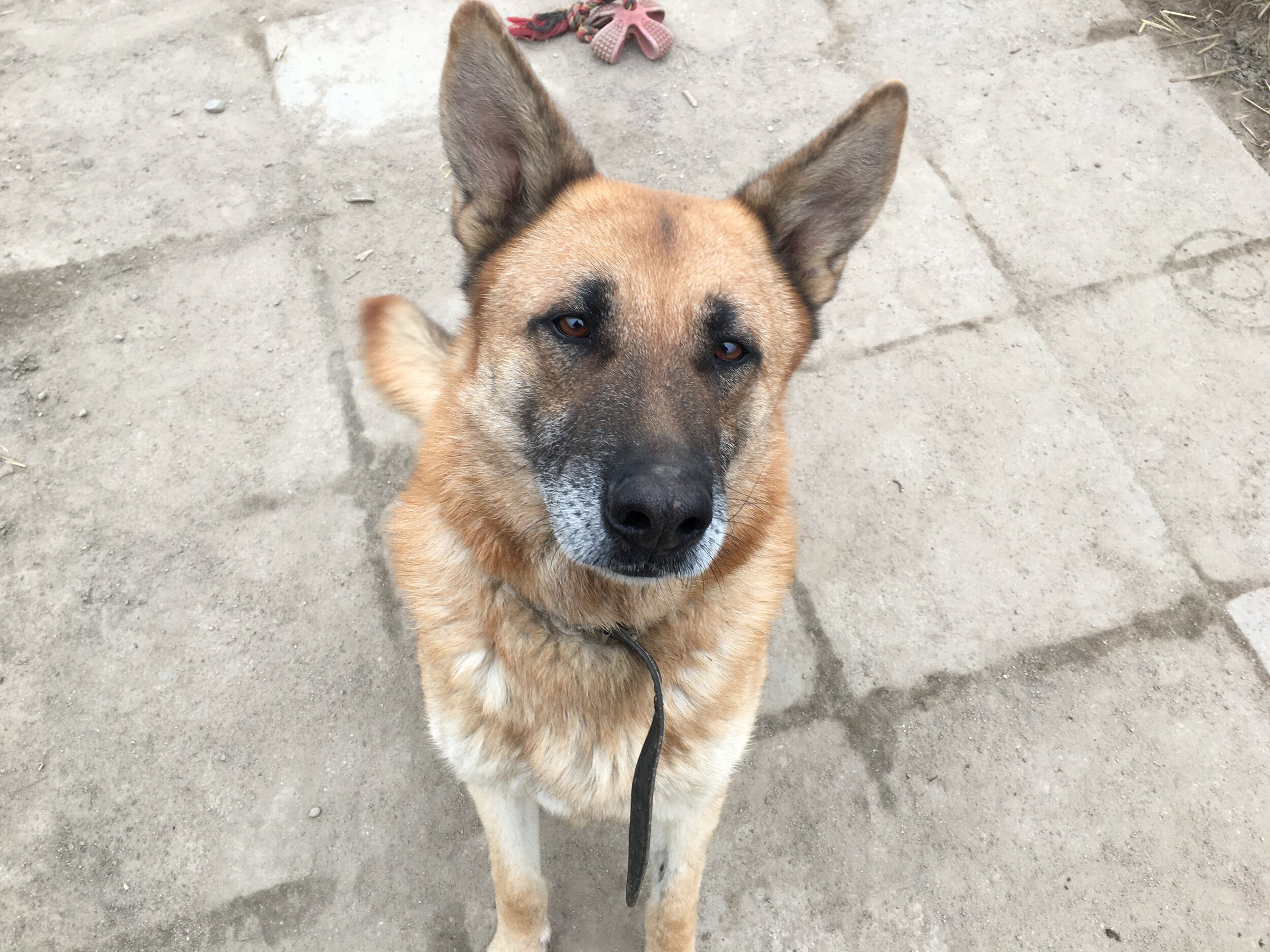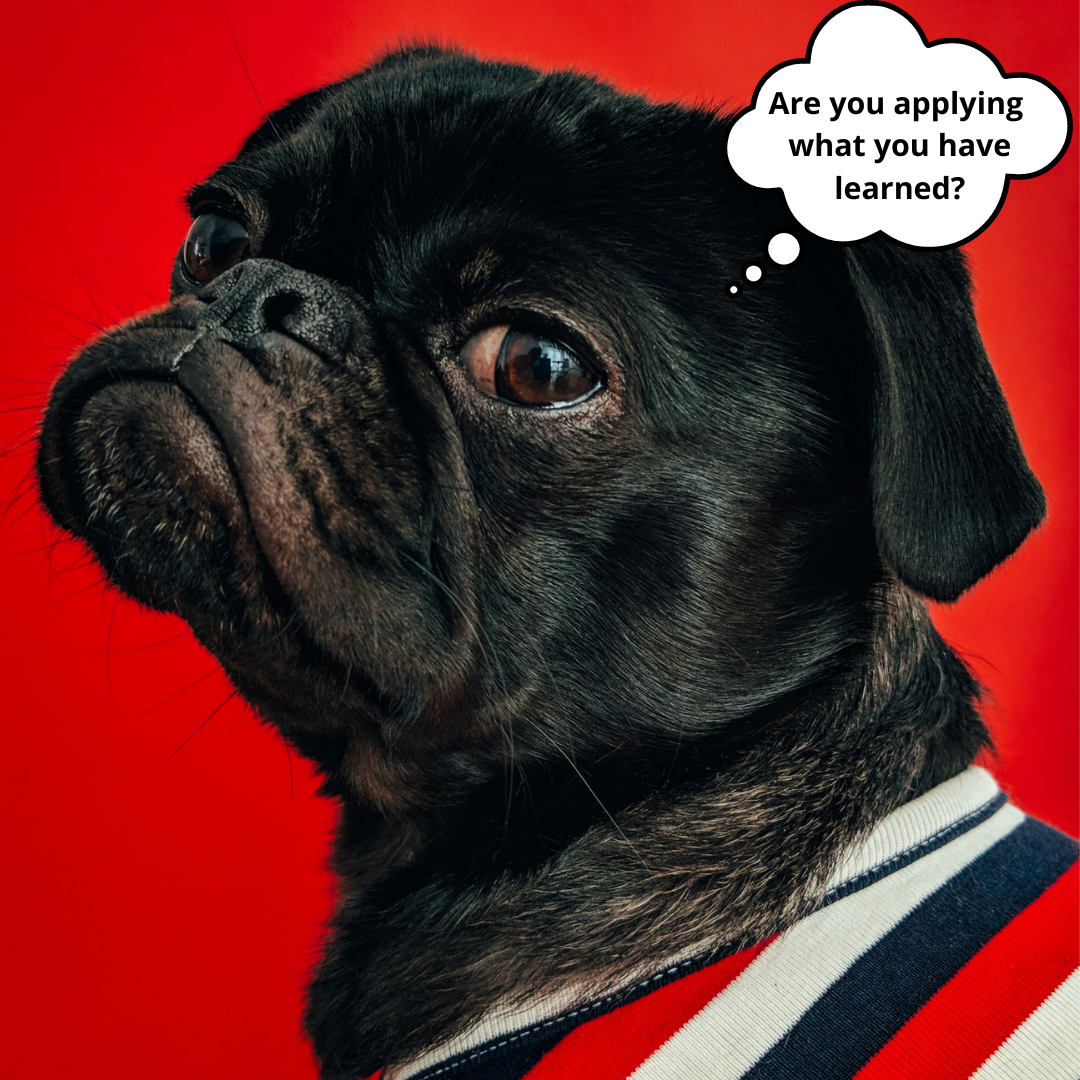One of the least known signs of fear in dogs
Image by PicsbyFran from Pixabay
First of all, I need to remind you that body language is contextual and can vary from dog to dog. Just like a yawn is known as a sign of stress, it also is known as a sign that your dog is tired while he is fully relaxed. It's not one size fits them all. The sign or behaviour that I want to talk about could but don't have to mean that the dog is afraid. It's worth considering though as we often get it wrong!
Photo by Ave Calvar on Unsplash
The dog that is coming to you wagging his tail, tries to lick your face, jumps on you, leans on you, comes very close but keeps the posture very low, gets very affectionate with you and sometimes lies on the back and show his belly could be afraid. It's a behaviour that could be interpreted as "I'm not a threat to you, I won't harm you, I love you, please don't hurt me!". Dog, at first sight, looks like he is delighted and excited to see you but with the closer look, we can start to see the tension in his muscles. He could even pee a little bit. It can get very interesting as one dog I've seen literally flipped on his back when saw a new person. Then he would refuse to walk and just stayed there showing his belly and wagging his tail. It wasn't easy for his owners but everyone thought that it's cute and he “just wants to be petted”. Some dogs ask for petting by showing their belly, but some are actually afraid and the function of this behaviour is to avoid the threat of this new person. The only behaviour he knows how to do to make sure he doesn't get attacked by those weird two-legged animals is to flip on the back, keep wagging the tail, appear small and unthreatening.
Photo by Alejandro Alas on Unsplash
This behaviour can be very easily misinterpreted and his owners might be sure the dog just loves people. Personally, I like to give those dogs new options, show them different behaviours they can do to feel safe. To do that, I would have to assess the distance where they are not exhibiting those behaviours which could be labelled as "appeasement" and make sure that I always work below the threshold. I then reinforce behaviours that he is offering in the distance. It can be many different things, you might want to focus on paying attention to you, on keeping four paws on the ground, on keeping posture upright or walking in the other direction and ignoring new people. Whatever you choose you want to see from your dog, you can reinforce that and see more of it.
Fear in dogs comes in many shapes and forms but even if it wasn't fear-related, giving your dog more options and teaching different types of interactions cannot be harmful. If it wasn't fear, by working on building new behaviours around people, you gave him more options and enriched his life. So why not do this?
Photo by Olia Nayda on Unsplash














I'm feeling great and I prioritise health. I don't feel better than anyone else! I can enjoy feeling good about myself and hope for everyone else to enjoy themselves too. I believe that happiness is not something you achieve, it's something you DO. I'm choosing habits for happiness and I do them every day. I hope you can join me and start to seek happiness every day.